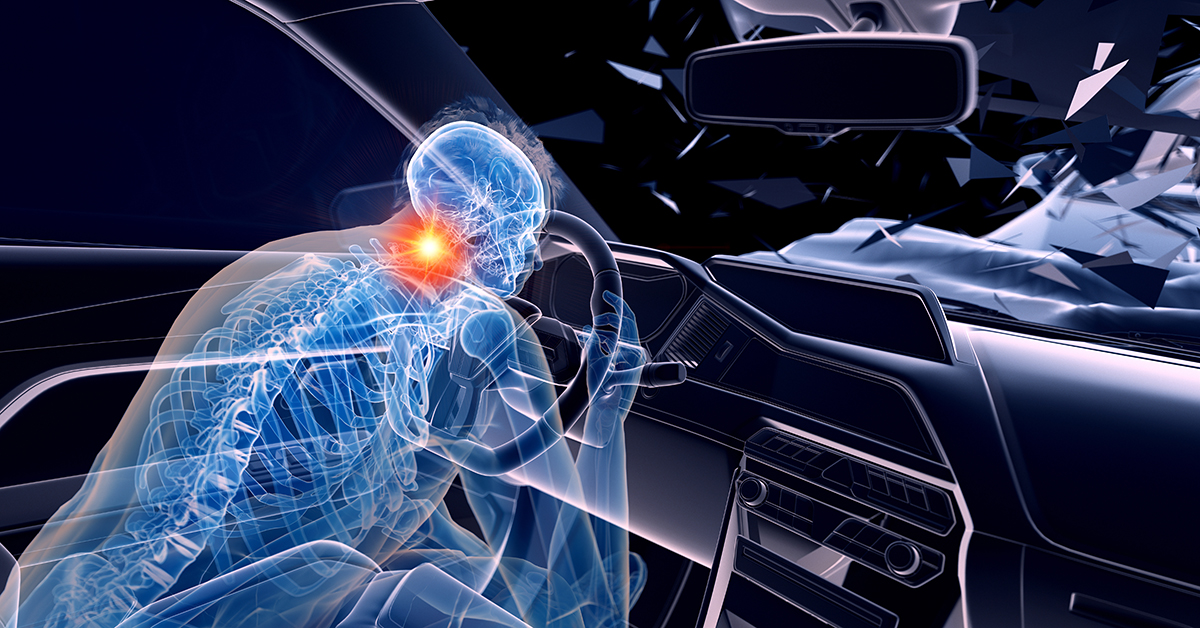
Spinal trauma, or a spine fracture, is caused by a sudden blow or injury to the vertebrae from incidences such as car accidents, falls and sports injuries.
If you think you have experienced a spinal trauma, you should consult a specialist immediately to prevent further damage.
Signs and Symptoms
There are five sections of the spine—cervical (neck), thoracic (upper back), lumbar (lower back), sacrum and coccyx (tailbone). Spinal trauma can occur in any one of these areas. Similar to fractures that occur in other areas of the body, the first symptom is usually pain.
Depending on the location of the fracture, the damage can extend beyond the structure of the spine itself and cause injury to the spinal cord or spinal nerves. In cases when the spinal cord is injured, you may experience weakness, lack of sensation, or even paralysis.
Other areas of the body may also be affected including the bowel, bladder or sexual reproductive organs.
Diagnosing a Spinal Trauma
Due to the complicated structure of the spine, you may need to see several different specialty physicians throughout the course of your diagnosis and treatment.
The first specialist you will most likely see is an orthopedic surgeon. Depending on the nature of your injury, you may have already been to the emergency room or evaluated and referred to a specialist by your primary care physician.
An orthopedic surgeon specializes in the diagnosis and surgical treatment of disorders of the musculoskeletal system. He or she will conduct a physical exam asking you about where you feel pain, loss of sensation and/or difficulty moving.
While an X-ray will show most broken vertebrae, other imaging technology (MRI or CT scan)may be required to identify hard-to-see fractures. These tests are performed by a radiologist.
If an injury to the brain, spinal cord or nervous system are suspected, you will also need to consult with a neurosurgeon or neurologist.
The specialists above often work with occupational therapists, physical therapists and chiropractors during the pre-habilitation, rehabilitation and recovery phases.
Treatment of Spinal Trauma
Specific treatment for spinal trauma depends largely on the location of the fracture, the severity of the fracture, and whether the tissue and nearby nerves have been affected. These are all factors imaging scans are used to evaluate.
Once the fracture(s) is identified, your physician will recommend a course of treatment designed to realign the broken pieces and keep them in alignment until the bone has healed.
Minor fractures in some locations may heal well with external bracing. Cervical fractures can sometimes be treated with a halo vest—a ring attached to the skull and attached to a vest worn around the chest).
In some cases, the only course of treatment is surgical stabilization. This involves implanting screws, hooks and connecting rods to fuse that portion of the spine. Placing bone graft helps facilitate the bones to grow together.
When neurological damage is present, bone or disc material may be removed during surgery to relieve any compression on the neural structures.
Get a Second Opinion
If you’ve been diagnosed with a serious or complex injury or condition, or your physician has told you that you need surgery, the next step you take should be to seek a second opinion.
What difference can a second opinion make? A very significant one in many cases, especially when concerning the diagnosis and treatment of spinal conditions which are heavily depending upon the interpretation of diagnostic imaging tests.
While there is certainly a sense of urgency associated with treating a spinal trauma, taking the time to get a second opinion can help avoid misdiagnosis, confirm your initial diagnosis, offer a more detailed explanation of your diagnosis and help you make a more informed decision regarding your treatment plan.
SpineRad provides patients with valuable second opinions on spinal conditions. Simply upload the imaging scans and reports you’ve already had done and Dr. Saint-Louis will use his expertise in radiology to give you a detailed report with an explanation of your scan findings.
Also included in the report is an opinion on the diagnosis and whether or not the results of the exam explain symptoms. The best part? You’ll receive these results in 2 to 3 days, all without leaving home. Click here to get started.